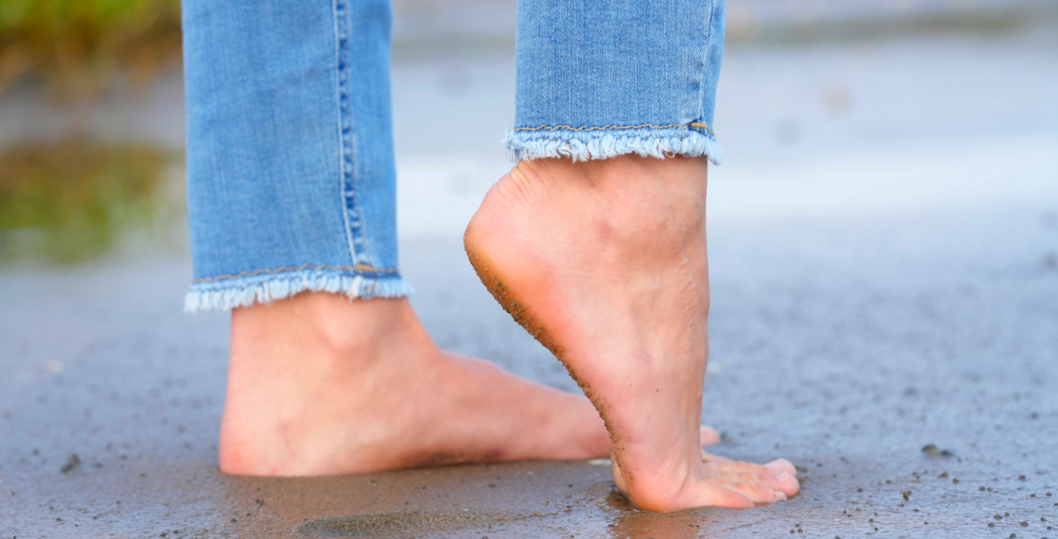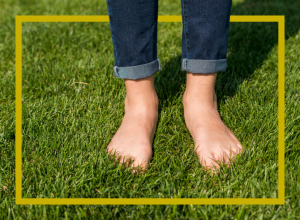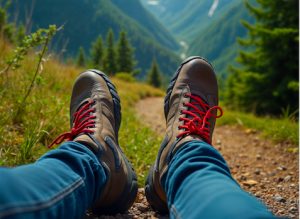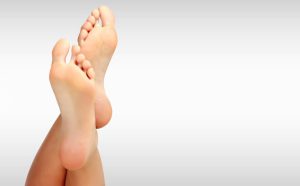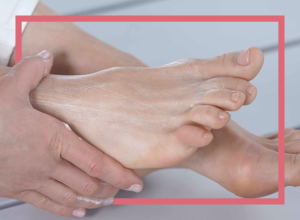New or ill-fitting shoes or socks, in combination with prolonged, heavy strain, can lead to blisters on the feet. The process is always the same. First, it rubs unpleasantly against the skin, then it starts to burn and blisters appear.
The reason: the constant friction causes layers of skin to peel off, forming a small cavity to the layers of skin underneath. This is exactly where tissue fluid can accumulate and the blistering takes its course. So what is the right treatment and how can a blister be prevented? The answers can be found here on the topic: Blister on the foot – what to do?
Correctly treating a blister on the foot
When a blister appears on the foot, many people are tempted to pierce it. Not a good idea! This makes it easier for pathogens to penetrate the wound. This can even lead to inflammation later on, which can be avoided.
The better way is to use a wound plaster if the blister is closed. It is therefore important not to pierce the blister, but to treat it properly. The thin skin over the blister provides additional protection against external influences. In the best case scenario, a cushioning plaster additionally prevents possible friction and creates a barrier for dirt and pathogens.
If you are out hiking and have packed special blister plasters in your rucksack, you can provide the skin with optimum protection and promote regeneration. If the blister has already opened, it is first necessary to disinfect the affected area. A blister plaster can then be used again.
If there is already a leakage of yellowish fluid, always consult a doctor to avoid infection. If redness is already visible around the affected area, it may already be inflamed. Medical advice should also be sought for blisters caused by burns, sunburn or an allergy. This applies in particular to diabetes mellitus.
Possible tips for preventing blisters
But it doesn’t have to get that far. Because blistering can often be avoided with simple measures.
Wear comfortable shoes
If you are planning to buy new shoes for your next hike, you should not only buy suitable footwear, but also break them in well. This will determine whether they fit well. This means that there are no pressure points on the ankle, toes or heel when breaking them in.
The socks should also fit properly to avoid friction. If sensitive areas are known, they can be protected from mechanical stress with a blister plaster or appropriate padding.
Avoid damp feet
If sweat forms in the shoes, the foot climate should be improved as quickly as possible. This is because a moist environment causes the skin to swell and this in turn encourages blisters to form.
In the best case scenario, attention should be paid to breathable material at the time of purchase. Cotton socks, for example, which absorb excess moisture in the shoe and keep the foot damp, are taboo. Breathable materials are recommended for hikers and active people.
Good foot care protects
If you regularly care for and strengthen the skin on your feet, you can avoid acute stress reactions and prevent blisters. If you walk often, you not only promote the skin barrier, but also strengthen the foot. A completely natural protection is provided by the callus, which forms all by itself with regular wear and tear.
Regular foot care offers good protection to ensure that the areas with calluses remain soft and supple. Dry, cracked areas should be avoided at all costs, as pathogens can also enter through these areas and cause inflammation. Products with ingredients such as urea, aloe vera, plant-based hyaluronic acid, shea butter and the microalgae active ingredient spiralin can help here.
Do you have any questions? Answers to frequently asked questions about skin problems or the right foot care can be found in our expert tips on ocean-pharma.de
Image source: ocean pharma GmbH
Experten-Tipp entstand in Zusammenarbeit mit:

Eskild Sörensen
Eskild Sörensen has been working in podiatry for 15 years. He began his training as a podiatrist in 2008 and has continued to attend regular training courses to this day. He has been working as an independent podiatrist in his own practice since 2016. He also trained as a specialist teacher for schools in the healthcare sector in 2016.
